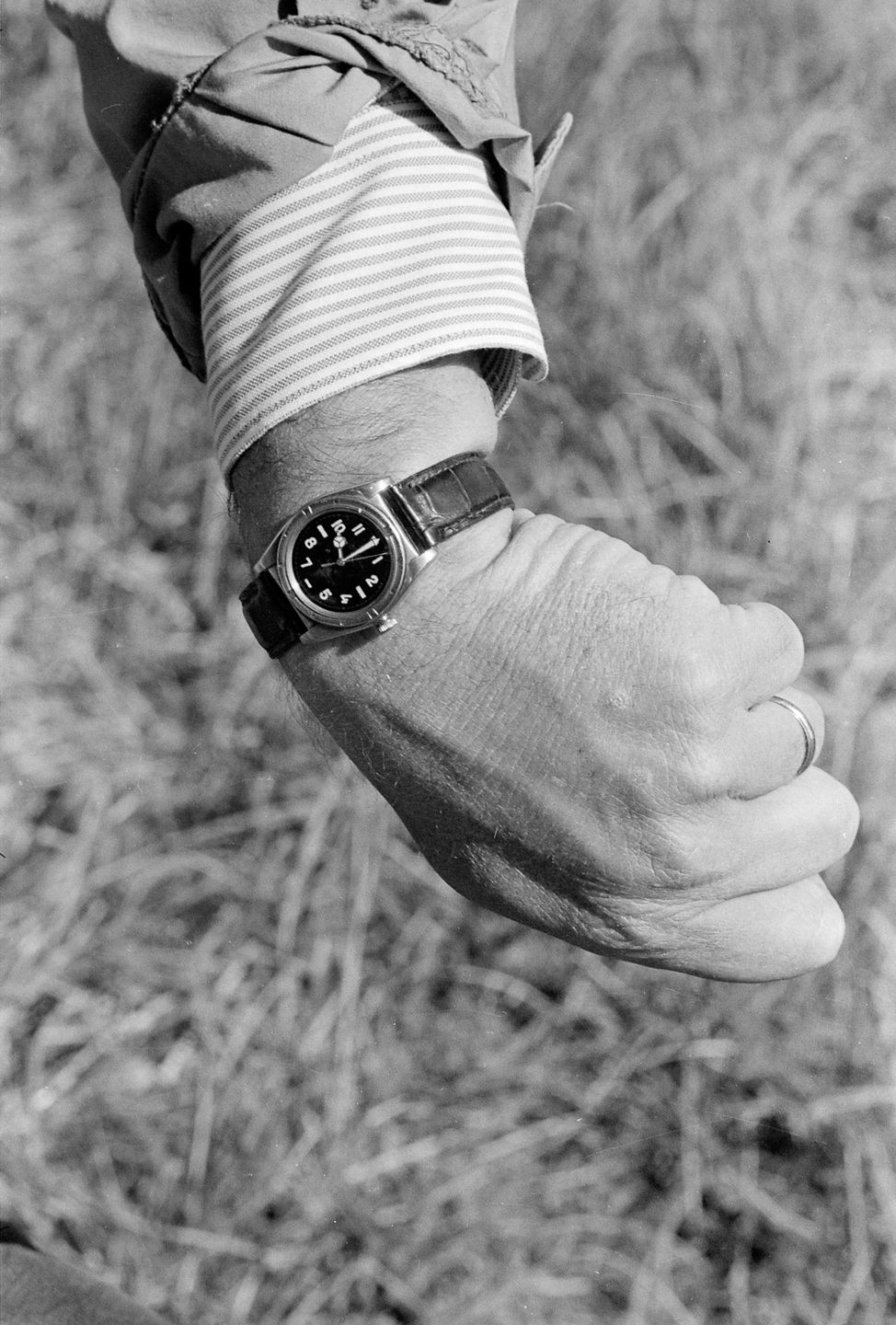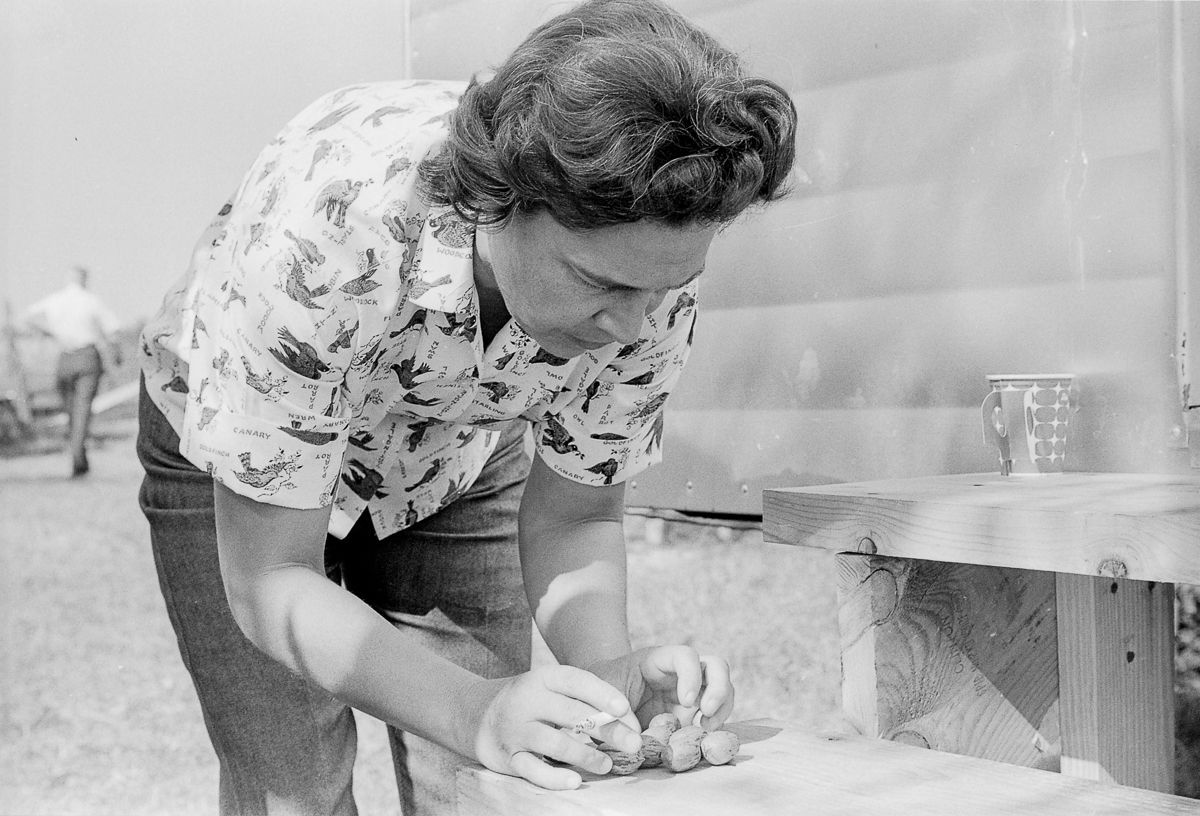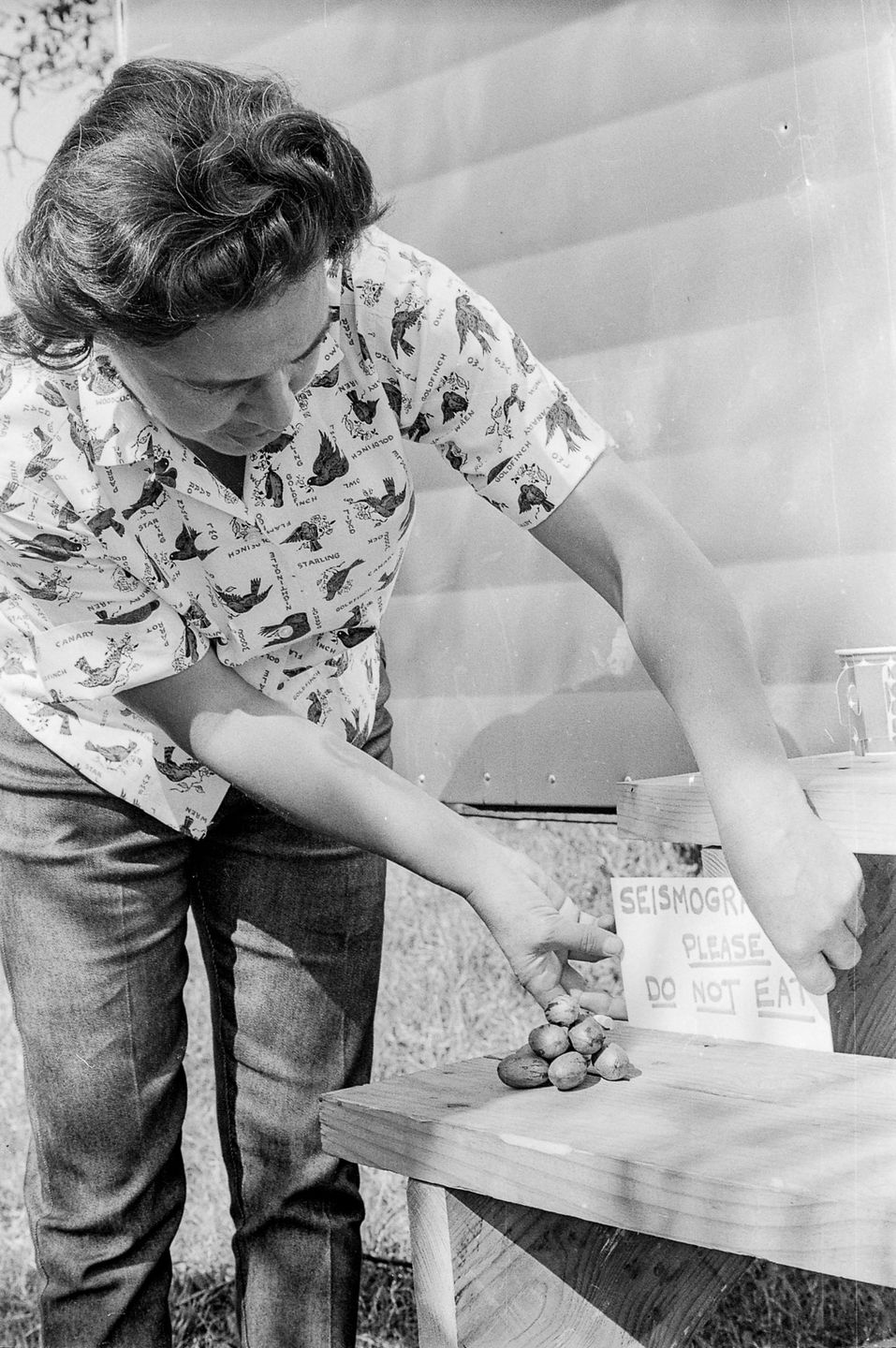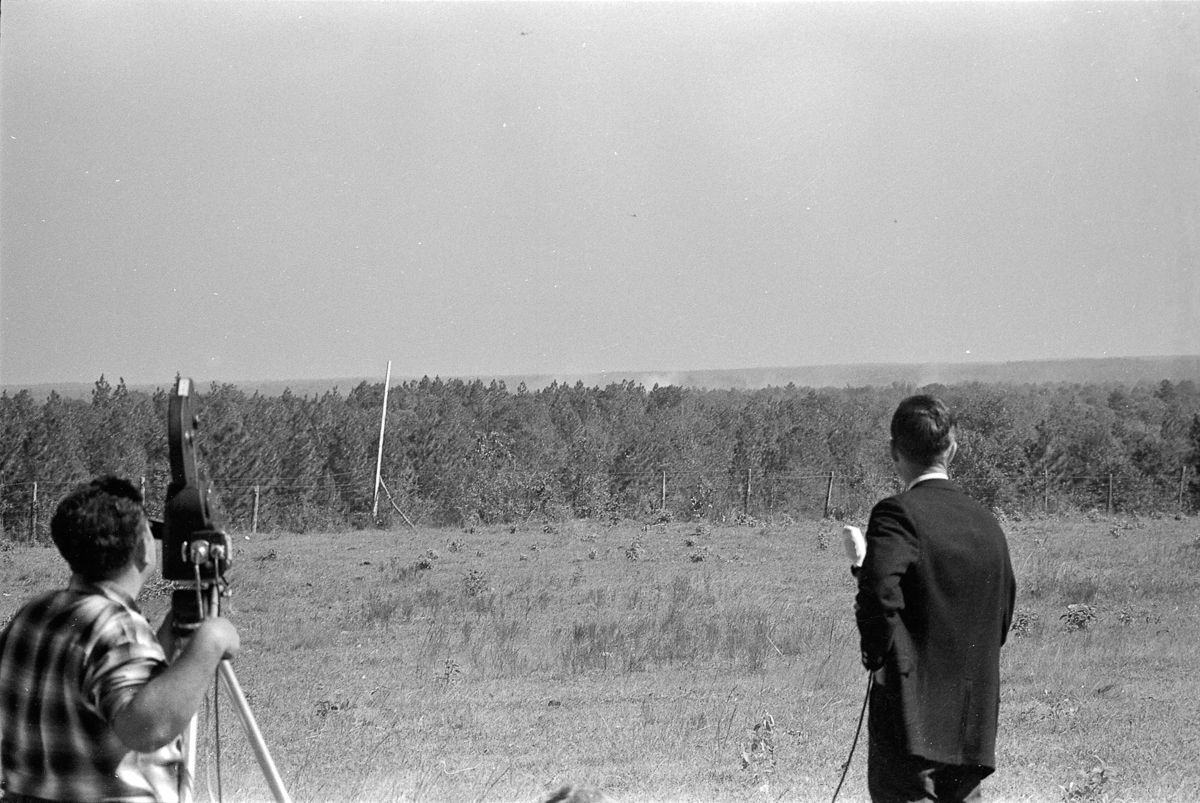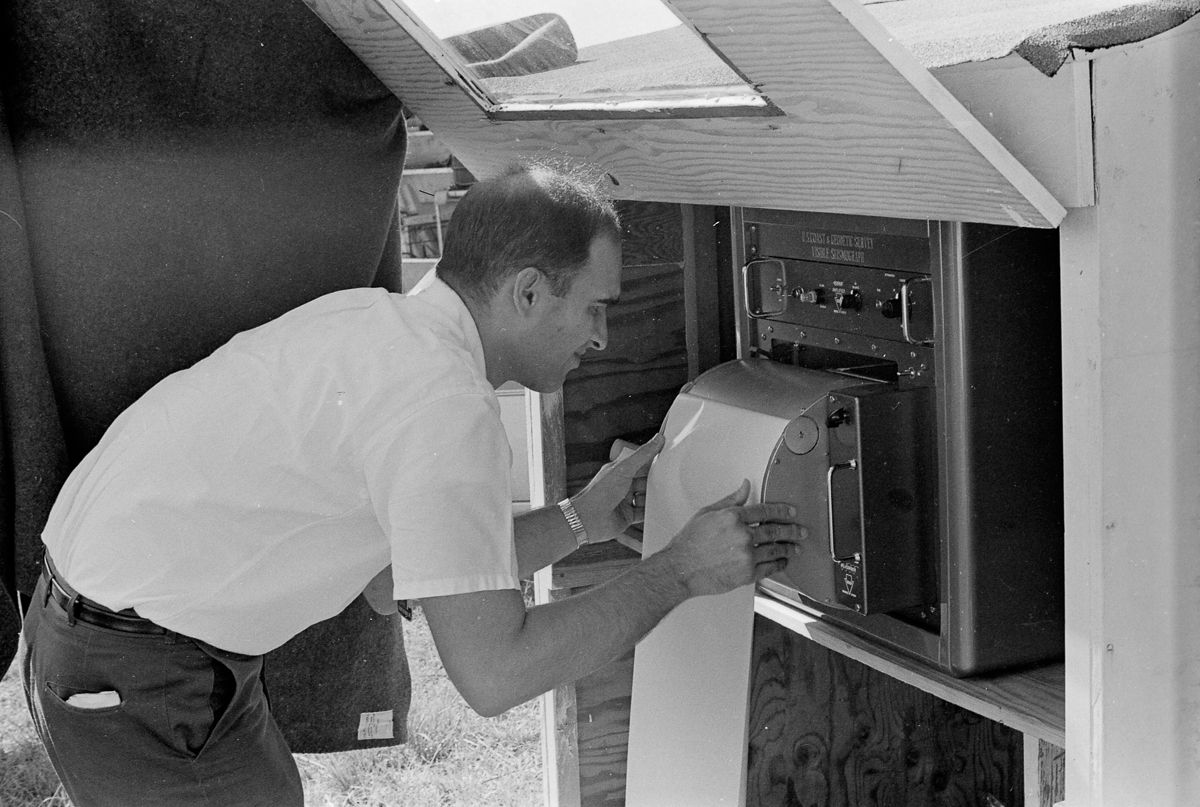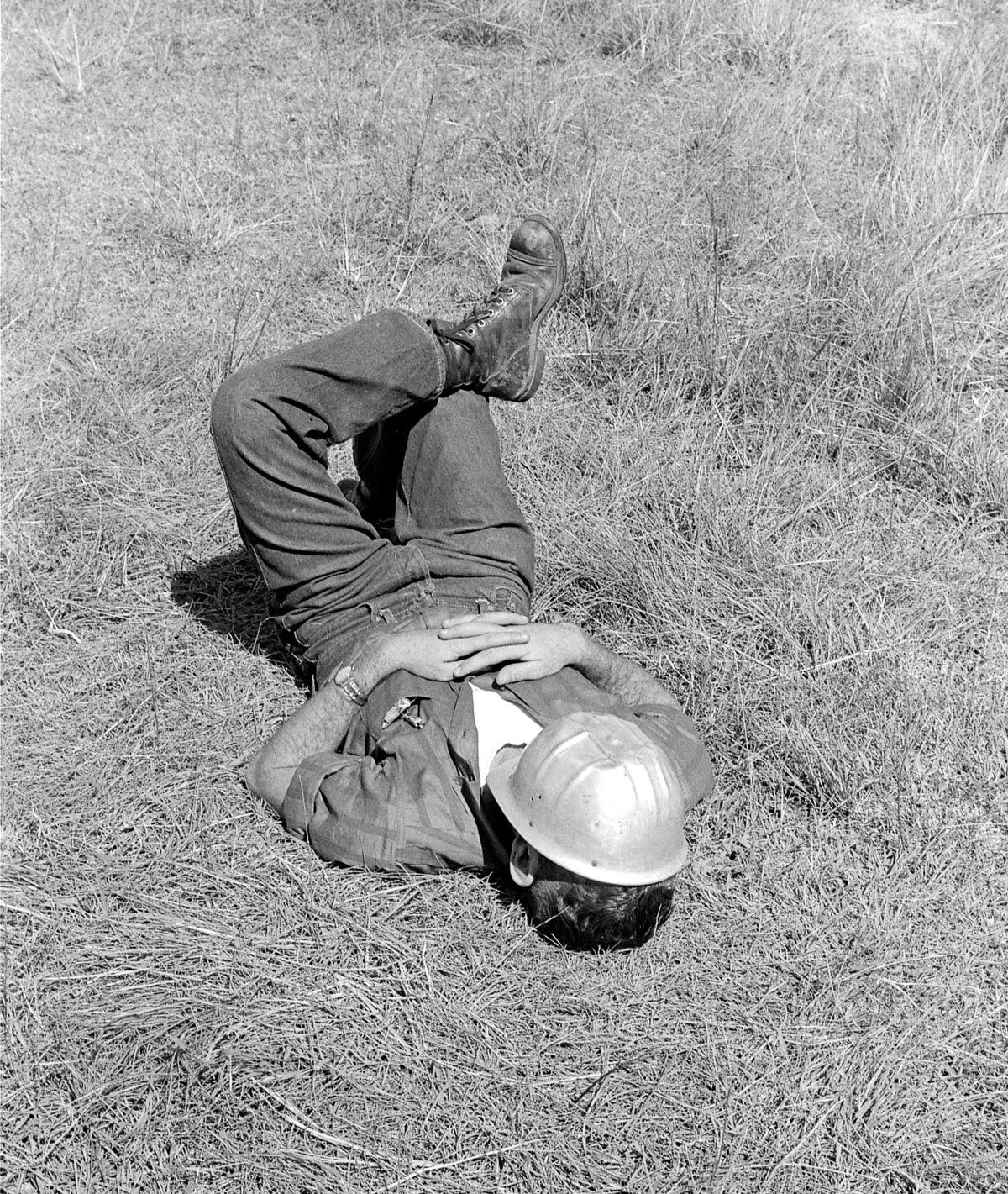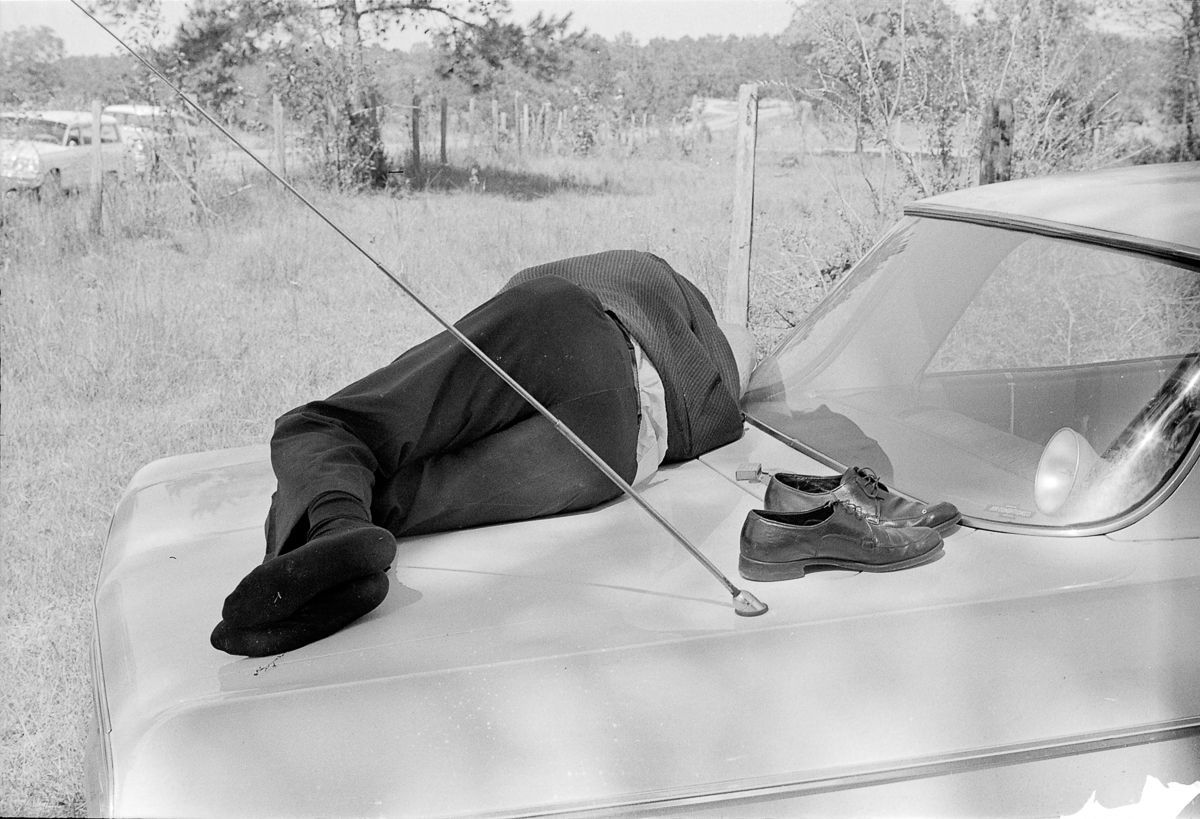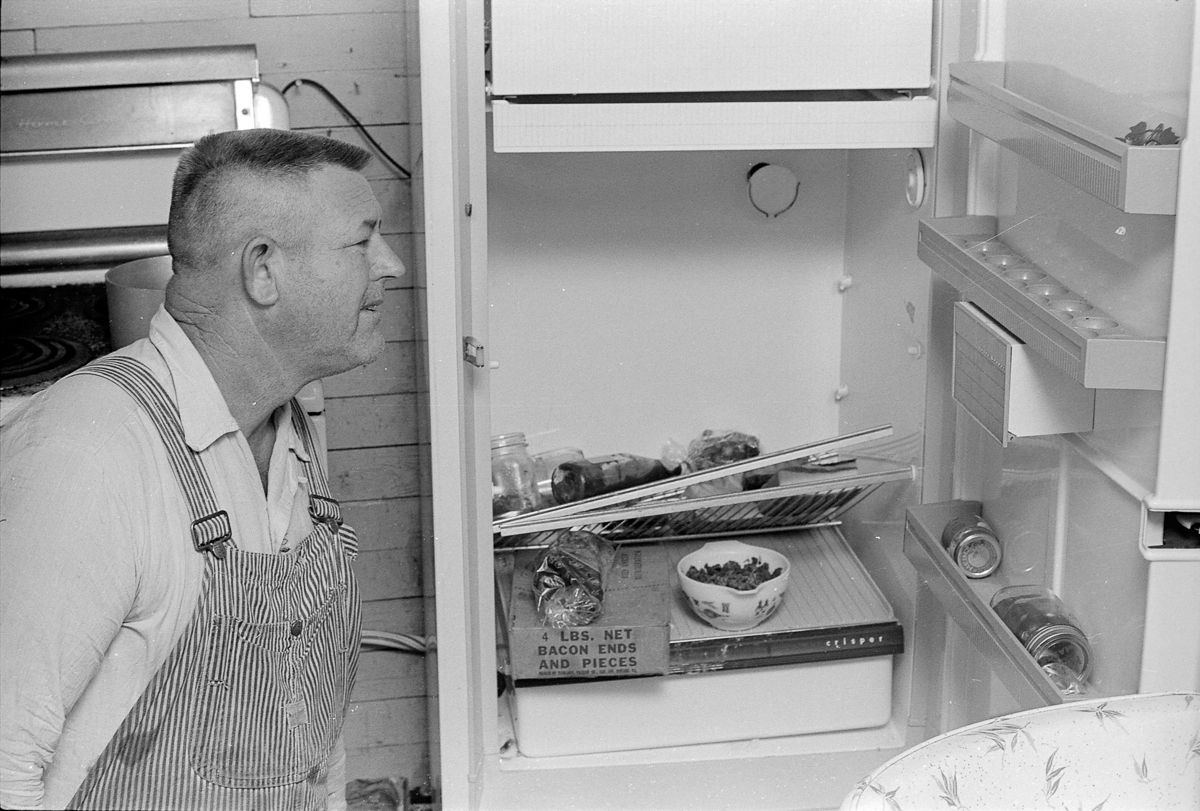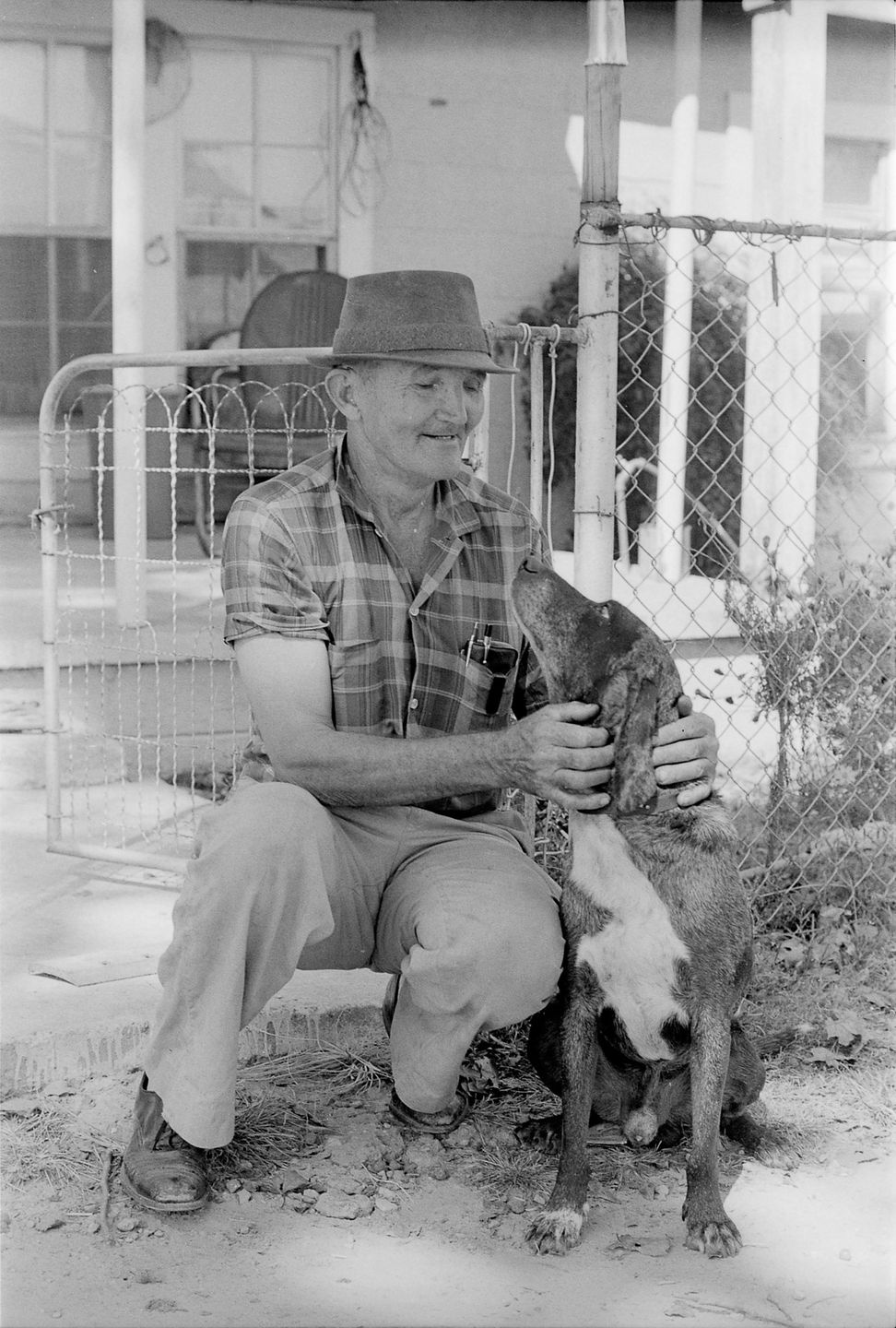At 10 a.m. on Oct. 22, 1964, a huge bomb was detonated in Mississippi. The five-kiloton bomb went off 2,700ft below Lamar County in the natural Tatum Salt Dome, a huge, dense salt ‘sea’ about 1,000 feet below ground level. The bomb contained around one-third of the destructive power of the device that obliterated Hiroshima on August 6, 1945.
Locals were encouraged to leave their homes in the area. To encourage them to leave, adults were paid $10 a day and children $5.
Some went only three miles up the road. “We all got up and got dressed up, and they told us to go to Caney Church,” says Dorothy Breshears, who was 13 at the time. “When we got there, everybody we knew was there.”
The bomb created a huge 110-wide hole below the earth. Three months later, temperatures in the void measured over 400 degrees Fahrenheit.
Why was the test carried out underground in salt?
In 1963, the United States, Great Britain, and the Soviet Union signed a Partial Test Ban Treaty, agreeing not to test nuclear devices in the atmosphere or under water. The treaty did not address underground testing, because of disagreements and uncertainty over how to verify that nations were not testing weapons underground.
…
This would be the 1964 blast, code-named Project Salmon. It was believed Project Salmon would blast a huge cavity in the salt. Then the second blast, Project Sterling, would involve detonating a smaller nuclear bomb inside the cavity left in the salt by Project Salmon. Scientists believed that because the bomb would be detonated in a cavity rather than in solid rock, the shock waves would be muffled and the test might not be detectable by seismographs and other measuring devices.
“It felt like the Earth just raised up and set back down. The windows on the house were shaking and rattling, and you could see the chimney on the house cracked all the way down. That’s about all I remember of that, but I never will forget it.”
– Brenda Foster was 9 at the time of the blast

Kevin Saul, 7, his mother and sibling outside his home after the contractors reinforced their chimney. “It actually moved our chimney about six inches away from the house and caved in the water well,” said Saul. “[The government] had to replace our water well and rework our house some after the blast.” (Via)
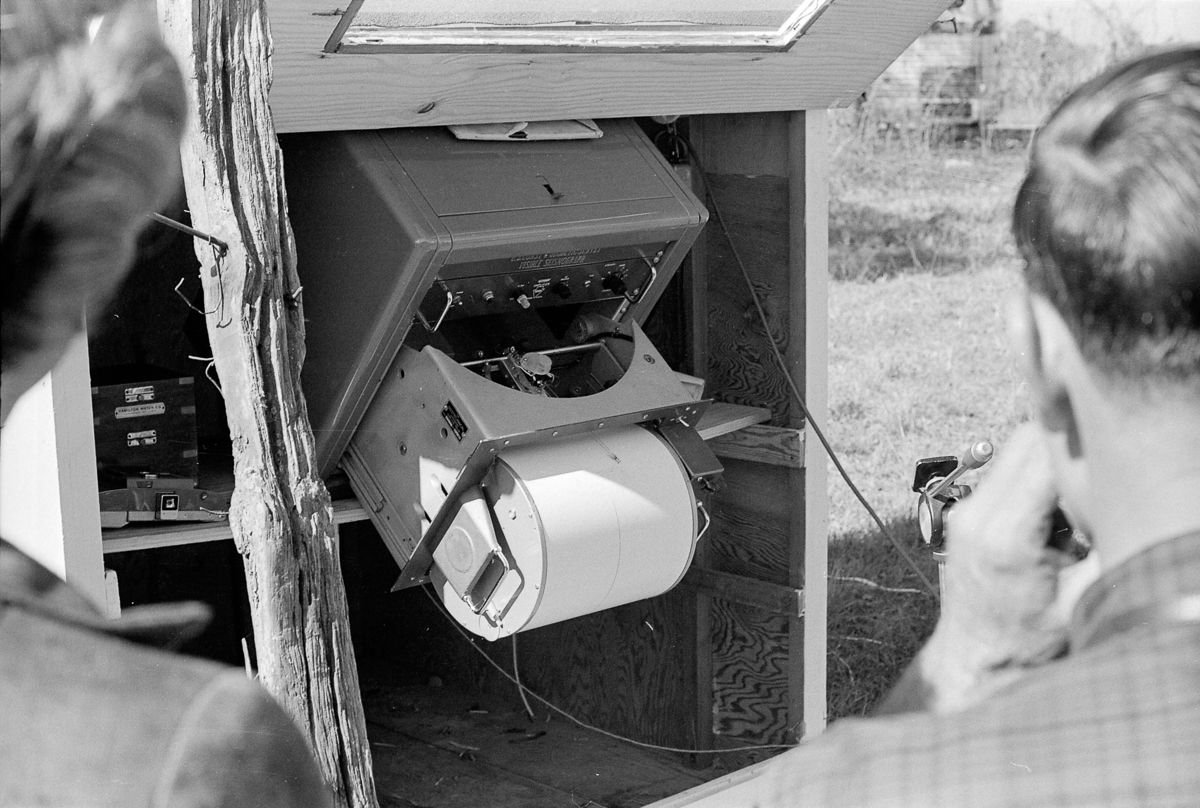
“It felt like an earthquake; you could feel the shock waves for about five seconds and it could just about knock you off your feet.”
– Kevin Saul, who was 7-years-old
Horace Burge [above] lived about two miles from the site of the explosion, and returned home to his three-room house to discover considerable damage caused by the blast. The fireplace and chimney were badly damaged, and bricks littered his living room. Broken dishes and jars were all over his kitchen floor, and the shelves fell down inside his refrigerator and broke several glass containers. His electric stove was covered with ash and pieces of concrete. The pipes under his kitchen sink had burst, leading to flooding inside the house.
Within days, the United States government began reimbursing local residents for the damage done to their homes.
The Department of Labor has paid almost $5.5 million to people who are suffering medical problems after working at the Salmon Nuclear Explosion Site southwest of Hattiesburg.
Combined with money paid to workers who lived in Mississippi but didn’t necessarily work on the Salmon site, the total is $16.8 million. A total of 56 claims came from the Salmon site, commonly known as the Tatum Salt Dome.
– Sun Herald
Would you like to support Flashbak?
Please consider making a donation to our site. We don't want to rely on ads to bring you the best of visual culture. You can also support us by signing up to our Mailing List. And you can also follow us on Facebook, Instagram and Twitter. For great art and culture delivered to your door, visit our shop.
